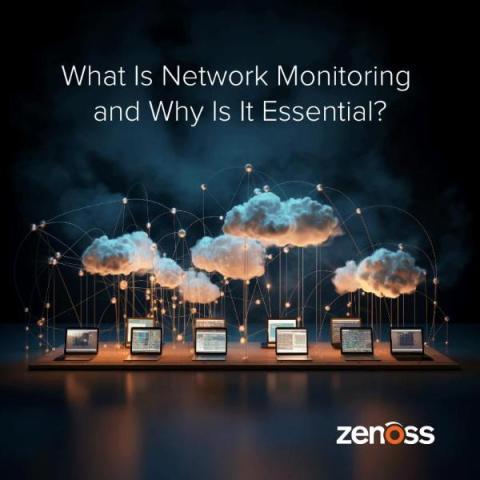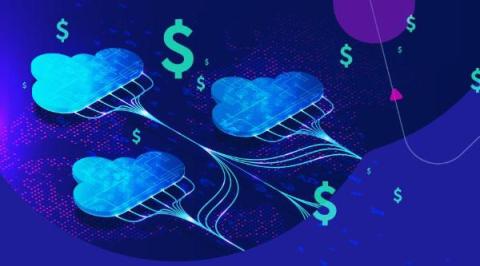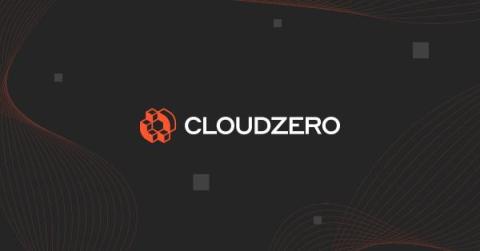What Is Network Monitoring and Why Is It Essential?
Network monitoring is an essential pillar of maintaining a healthy IT infrastructure. Without an effective network monitoring system in place, your organization could be losing out on better performance, greater efficiency and increased cost savings. In this guide, we'll walk you through everything you need to know about network monitoring to understand what it is and why it’s critical for your operations.











